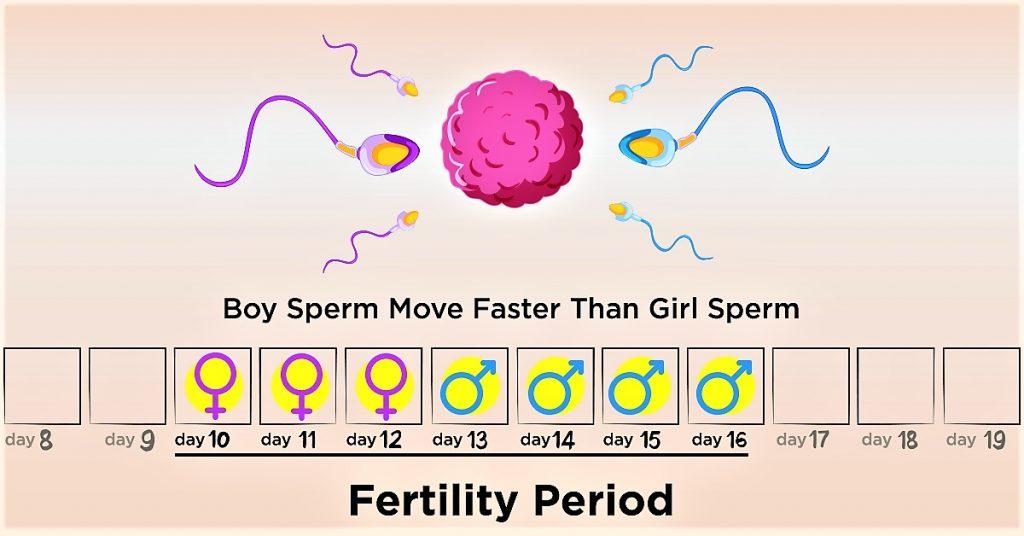

Over the next two weeks (approximately), the lining of the uterus will continue to build, but if pregnancy does not occur, the menstrual cycle will recommence, starting with the menstrual phase. The follicle is now known as the corpus luteum. Once the egg reaches the uterus, it has about 24 hours at most to be fertilized before it is no longer viable.įinally, during the luteal phase, the follicle begins producing the hormones estrogen and progesterone to further fortify the uterine lining. This is the follicular phase, during which ovarian follicles are stimulated in order to produce a viable ovum.Īt the beginning of the ovulation phase (approximately day 14 of a 28-day cycle, but anywhere between day 11 and 16) the mature ovum is released, after which it travels down the fallopian tubes and into the uterus over the course of about three or four days. Immediately following menses, in response to increased estrogen in the body, the uterus begins to develop a new lining in preparation to receive a fertilized egg. Menses (or the shedding of the uterine lining) tends to last approximately 5 days on average, although it will depend on your particular cycle and may even vary from month to month.

You're almost certainly familiar with the menstruation phase already - it is more commonly referred to as the period and it makes up roughly the first week of every menstrual cycle. Within your menstrual cycle, you'll experience the following phases: menstrual, follicular, ovulation, and luteal, each with its own hallmarks. It's important to remember that every woman's body is different, and unless you happen to be on some kind of hormone regulation (such as the birth control pill) it's completely normal for your cycle to range anywhere from 21 to 35 days.įor the sake of convenience, however, we'll discuss a 28-day cycle and how the menstrual phases land within that time frame. The average menstrual cycle is 28 days and consists of four phases. If you're looking for basic information that you can use as a springboard for questioning your gynecologist or seeking out more targeted texts, here are a few points you'll want to be aware of. So here is a basic guide that can help you understand your menstrual cycle, the process of conception and gestation, and how due dates are determined. But there's a lot of information to sift through and you might not know where to get started, especially if you don't fit the norm. You can learn a lot from your OB/GYN, and there is no shortage of material that can help you learn about the ins and outs of your womanhood, depending on what you're interested in. But as a woman and a prospective mother, you could probably benefit from some targeted education on the subject. Of course, thanks to expanding technological innovation, the medical community is learning more and more. Please select the first day of your last menstrual period:Īlthough most women understand the basics of the menstrual cycle, how babies are made, and the gestation process, it's surprising how little we actually know about our own bodies and the reproductive process.


 0 kommentar(er)
0 kommentar(er)
